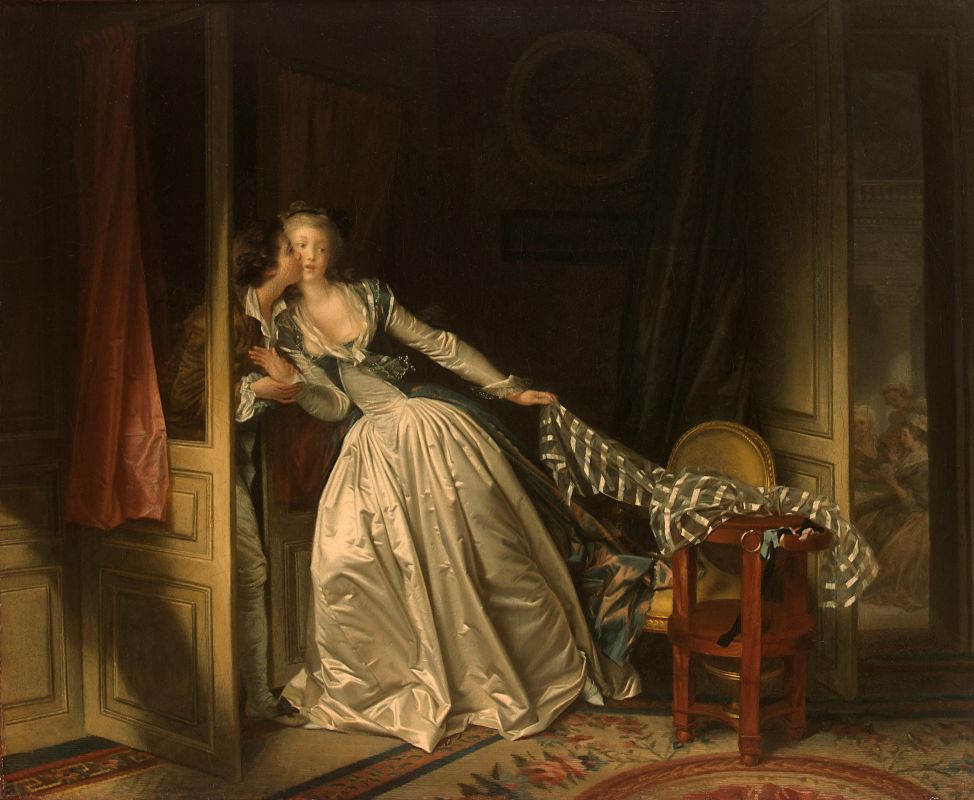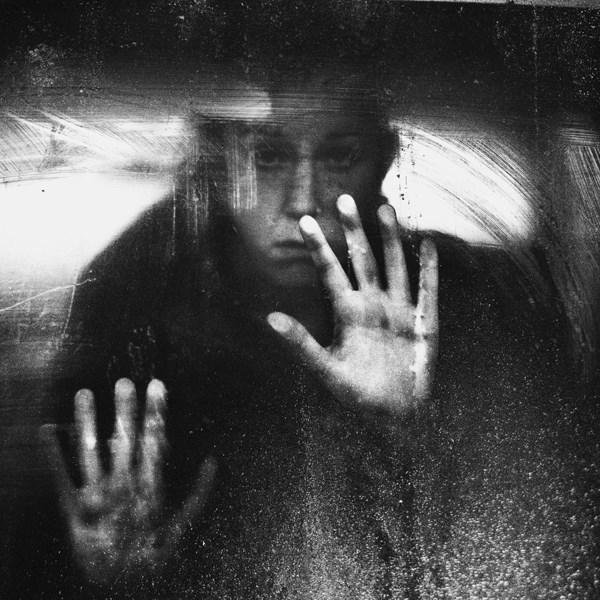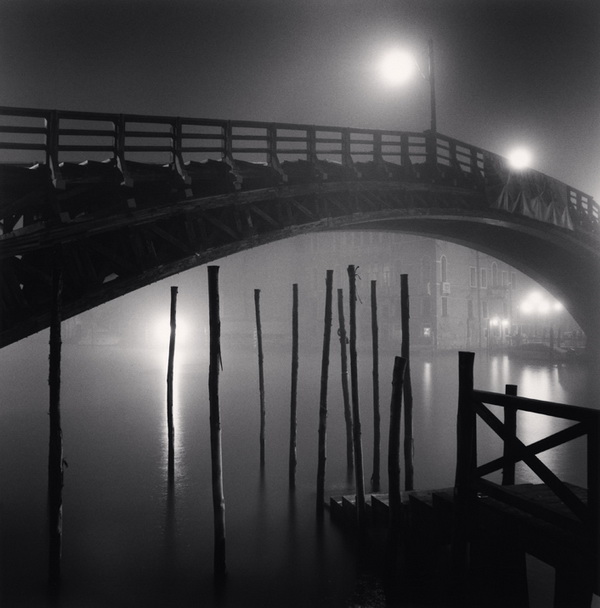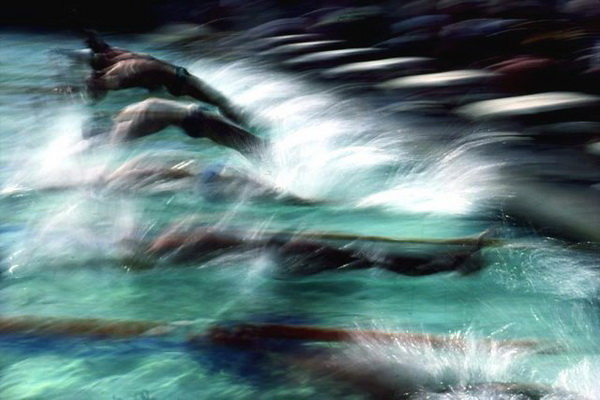everyday things
Gothic: the whole mystic of the Middle Ages
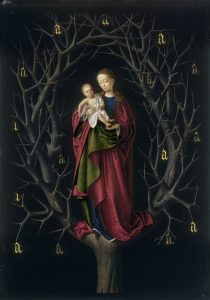 Gothic originated in the middle of the XII century in northern France, in the XIII century, spread to the territory of modern Germany, Austria, the Czech Republic, Spain, England, and at the end of the XIV century, came to Italy. In Eastern Europe, style came later and lasted the longest – until the XVI century.
Gothic originated in the middle of the XII century in northern France, in the XIII century, spread to the territory of modern Germany, Austria, the Czech Republic, Spain, England, and at the end of the XIV century, came to Italy. In Eastern Europe, style came later and lasted the longest – until the XVI century.
This happened because Gothic replaced the Romanesque style, which originated and spread from Italy – the country unconsciously resisted new trends from the outside.
Of course, the Gothic style is most noticeable in architecture. However, in the painting of his frightening greatness also manifested.
Petrus Christus. Our Lady of the Dry Tree Continue reading
EXHIBITION PROJECT “SPECIAL FUND: REPRESSED ART”
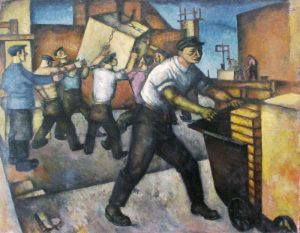 The Odessa Art Museum in partnership with the National Art Museum of Ukraine and with the support of the Ukrainian Cultural Foundation presents the project “Special Fund: Repressed Art”.
The Odessa Art Museum in partnership with the National Art Museum of Ukraine and with the support of the Ukrainian Cultural Foundation presents the project “Special Fund: Repressed Art”.
The exhibition presents 80 works from the collection of NHMU, which were mothballed in the late 1930s and have been hidden from public view for many decades. Most of the works presented in Odessa are exhibited for the first time. Alexander Bogomazov and Timofey Boichuk, Vadim Meller and Antonina Ivanova, Oksana Pavlenko and David Burliuk, Pavel Golubyatnikov and Konstantin Eleva, Anatoly Petritsky and Suher-Ber Rybak, Victor Palmov and Abram Cherkassky – more than three dozen names of artists, known and forgotten, whose works in 1937, it seemed, they were forever hidden from the audience: “they have no artistic or museum value, and, as works of the enemies of the people, are to be destroyed”. Continue reading
ART PHOTO AND BLOCKCHAIN
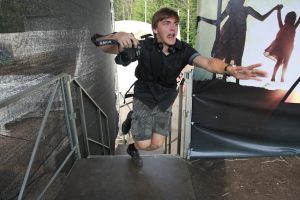 1. For every potential (and real) buyer of a visual work of art (in our case, photography) thousands of images fall down every day. And even despite the constant growth in the quality of this visual range, thanks to expensive advertising and popular communities in social networks, the level of aesthetic and visual culture is still quite low. And the level of understanding of photography as a work of art generally tends to zero. Continue reading
1. For every potential (and real) buyer of a visual work of art (in our case, photography) thousands of images fall down every day. And even despite the constant growth in the quality of this visual range, thanks to expensive advertising and popular communities in social networks, the level of aesthetic and visual culture is still quite low. And the level of understanding of photography as a work of art generally tends to zero. Continue reading
